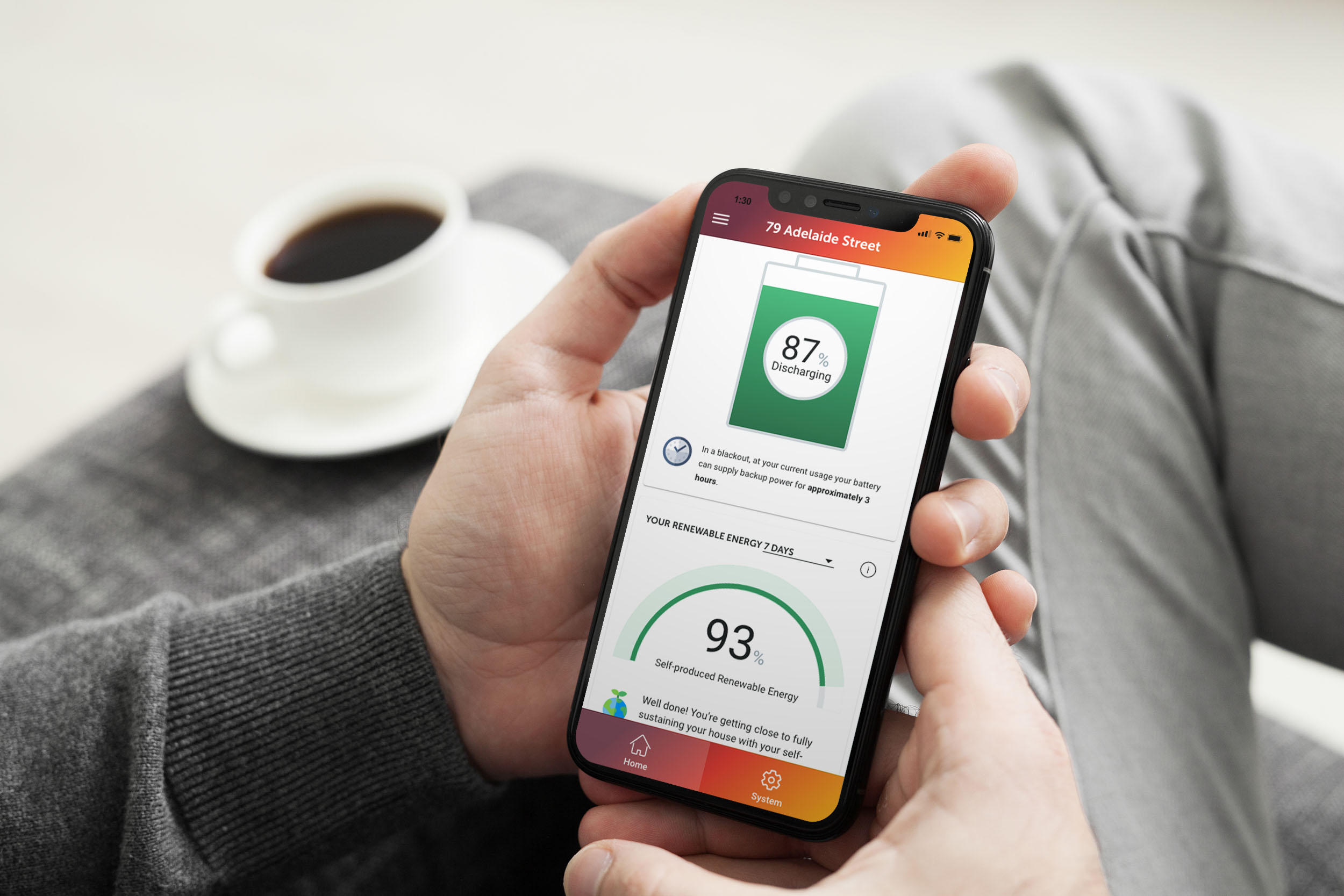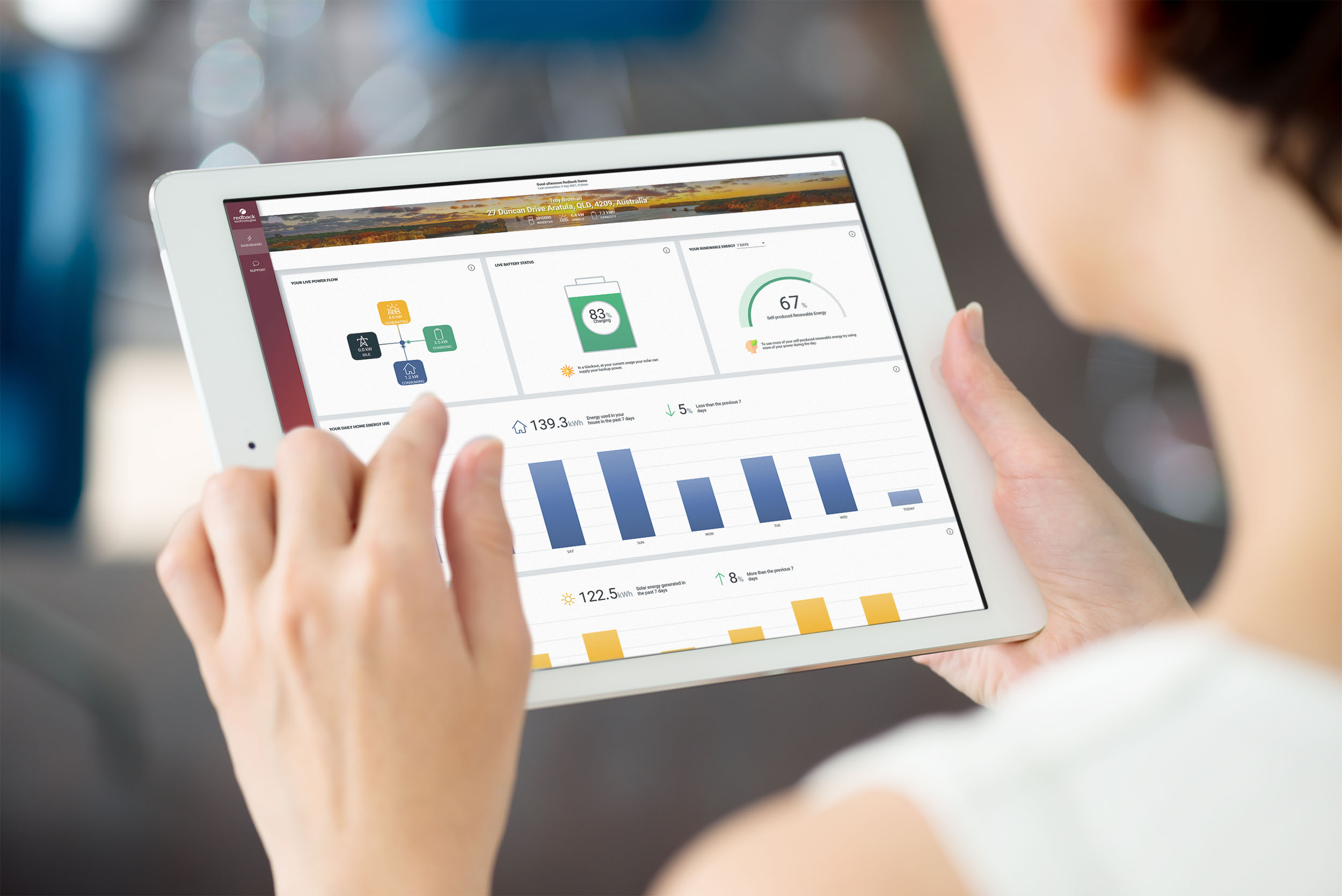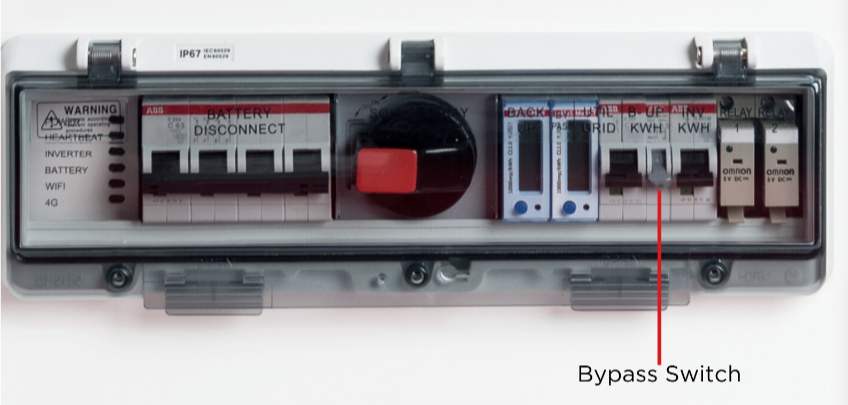Week 1:
Welcome to the Redback Family!
Welcome to the Redback Technologies family, and congratulations on your new Redback system! Over the next few weeks, we’ll be sending weekly emails with information on your system, MyRedback app guides, and important homeowner manuals.
First off, let’s take a few steps and get you set up:
Step 1: Download the free MyRedback app
Step 2: Set up your Redback account
Once you’ve downloaded the app on your smartphone or tablet, you’ll need to get your Redback account activated. The best part? We’ve already created an account for you.
You should already have received an email from us with your MyRedback app login information. If you haven’t received that email just yet, don’t worry! We’ve already hit send, and you will receive it shortly.
Step 3: Your Installer’s details
If you have any questions about your system, your first point of call should be your installer. You can find your installer’s details in the first email we sent you, or within your web portal or the MyRedback App!
If you still have questions after speaking to your installer, you can connect with our Tech Support Team by raising a ticket in your Redback Portal here.
Week 2:
Information on your new Redback System.
We know you may also have some questions about your new Redback system, so we’d like to share some Frequently Asked Questions with you. These FAQs cover everything from connectivity to support requests, system lights, and more.
For more detailed information on your new Redback system, we’ve your Homeowner Guide below.
The guide contains vital information about key features of your system, and includes step-by-step troubleshooting and maintenance guides. Please save this guide so you can access it whenever needed.
As always, if you have more questions about your system, please reach out to your installer, or raise a support ticket with our Tech Support team.
Week 3:
Getting the most out of your new Redback system.
We want to ensure you’re getting the absolute most out of your new Redback system. So, we’ve created a handy guide to help you utilise more of your own generated solar, while purchasing less electricity from the grid.
Plus, if you’ve got a Smart Battery, Smart Hybrid System or 3-Phase Hybrid system, we’ve also included ways to optimise your stored backup energy.
For more detailed information on your new Redback system, check out your Homeowner Guide which you can find here.
Week 4:
Let’s check your solar usage!
Now that your Redback account is up and running, let’s take a closer look at how the usage charts work, so you can begin tracking your consumption, exports, and everything in between. You’re able to access both the MyRedback app and the Redback Portal to monitor your system.
If your Redback account isn’t yet set up, check out our first email titled ‘Welcome to the Redback Family’ for login instructions. Or, if you’re still having trouble, please click send us a message here.

MyRedback App
The MyRedback app provides a simple, up-to-date view of what’s happening at your home. This app is great for quickly checking in on your system, especially when you are on the go. We’ve gone ahead and created a specialised article that explains all of the charts you’re seeing on your MyRedback app, and what they mean.
Week 5:
Your Redback is blackout-ready, here’s how!
For our Smart Battery, Smart Hybrid and Smart Three-Phase Hybrid customers, never be left in the dark again! The Redback backup power feature means you can automatically back up vital appliances in your home to help you keep your essentials running during a power outage or for when the unexpected occurs.
Suitable Devices
Refrigerators and freezers, Fans, TVs and Radios, Computers, Routers and Tablets, Telephones, Low-energy LEDs, Electric Garages and Gates & Security Systems

Unsuitable Devices
Critical medical devices, Air Conditioners and Heaters, Ovens and Cooktops, Home Projectors, Hot Water Heaters, Spas, Saunas and Pool Pumps, Battery Chargers and Power Tools & High-powered Lighting

Ensure your battery lasts during a blackout
It’s important to be aware of your loads when tapping into your battery’s power. Your system will shut down if the total power load is exceeded. Utilise your appliances effectively, and try to run minimal appliances at one time. If you suspect your battery is not charging at any point, get in touch with your installer.
How to ensure your battery is full for an expected blackout
When you know a blackout is coming, it’s great to ensure your battery is full and ready to provide power to your essentials. In these situations, you are able to ‘force-charge’ your battery using power from the grid while it’s still available, to keep in reserve for when the power goes out.
Once the blackout begins, ensure you are using your battery power sparingly.
Look at our Disaster Preparation Guide for more information on force-charging and instructions on preparing your system for an incoming weather event.








